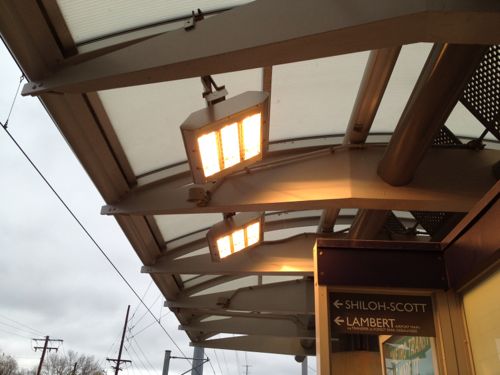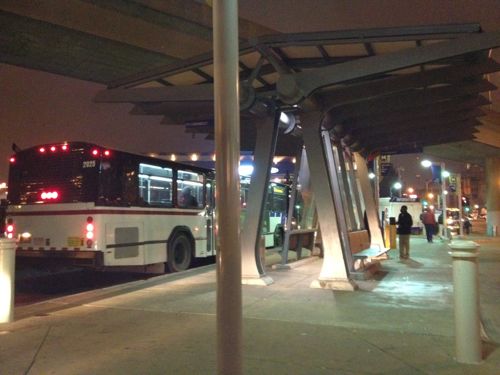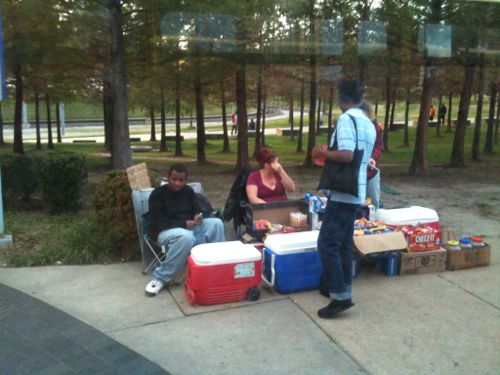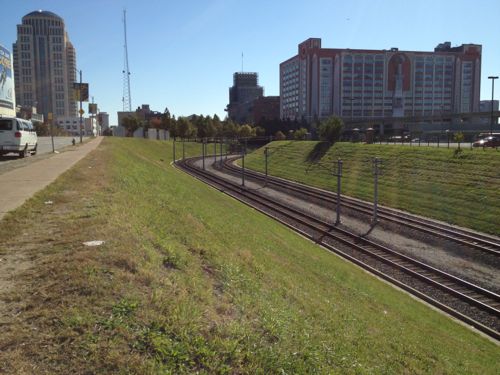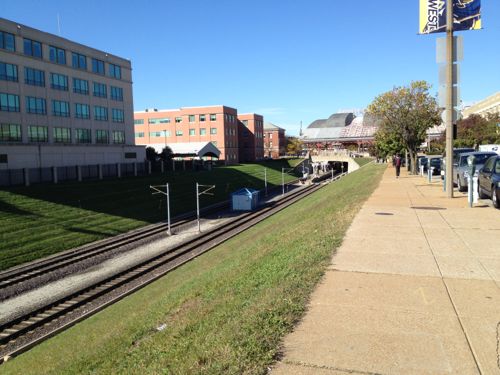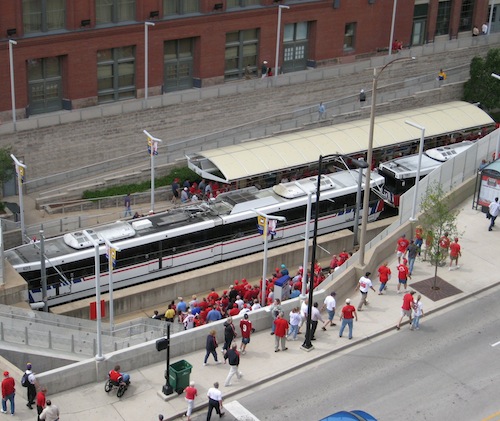2011: MetroBus Growth Rate Double MetroLink
Ridership on the region’s bus service (MetroBus) grew at more than twice the rate of the region’s light rail service (MetroLink), according to figures in a new report by the American Public Transportation Association. Looking at 2011 compared to 2010 the light rail service increased ridership a below average 4.62% while bus ridership increased a whooping 10.04%, way above average for the report.
APTA reported large bus systems like MetroBus in St. Louis grew by 0.4 percent nationally. Columbus, Ohio at 10.1 percent showed the strongest bus ridership growth in the nation while St. Louis at 10 percent experienced the second largest growth, and Orlando, Florida at 8.4 percent, the third strongest bus ridership growth in the nation. (Metro Press Release)
Outstanding!
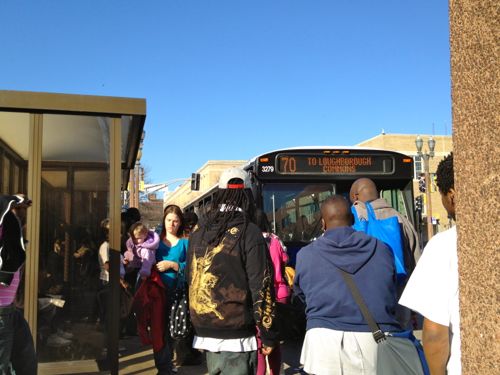
As a result of the substantial increase the humble bus is carrying an even greater percentage of the region’s transit riders. MetroBus carried 61% of Metro’s passengers in 2010 but that increased to 62% for 2011. Conversely the light rail service dropped from 38% to 37% from 2010 to 2011, see pie charts below.
It’s no wonder since MetroBus service covers so much more of the metropolitan area. MetroBus likely has a stop near your home and work/school whereas light rail isn’t as convenient. I can catch three different MetroBus lines within a block of my house (3min) but the nearest MetroLink station is 12 minutes away! Sure the MetroLink is faster than MetroBus but when I factor in time getting to/from each mode the bus usually wins if both are a choice.
Some will point out that MetroLink has a higher farebox recovery than MetroBus (27.8% vs 19.9%; source page viii). True enough, but MetroBus covered 5.7 times as many “revenue miles” as MetroLink in FY2011 (18,198,927 vs 3,147,407; same source). Naturally bus service isn’t going to have the same farebox recovery rate given how much of the region the service covers — those routes to low density areas just aren’t as efficient as other routes. We could never afford to provide light rail service to all parts of the region now served by bus.
St. Louis bus & rail ridership was down in 2011 from what it was in 2008, but current gas prices might push ridership levels for 2012.
– Steve Patterson
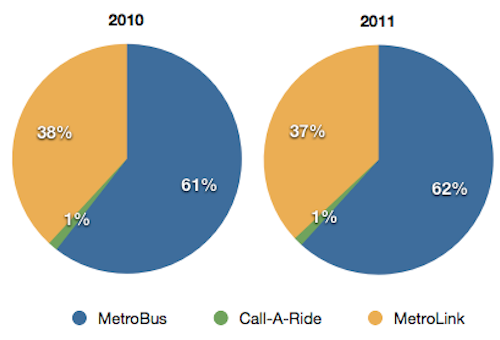
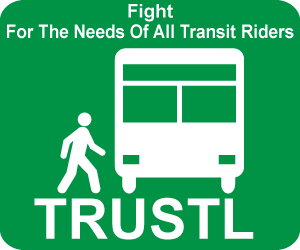 Over the next two weeks The Transit Riders Union of St. Louis is hosting three “transit talks” to discuss with actual riders what we’d like to see done to improve local public transit. I’m on the steering committee. Here was our post:
Over the next two weeks The Transit Riders Union of St. Louis is hosting three “transit talks” to discuss with actual riders what we’d like to see done to improve local public transit. I’m on the steering committee. Here was our post: